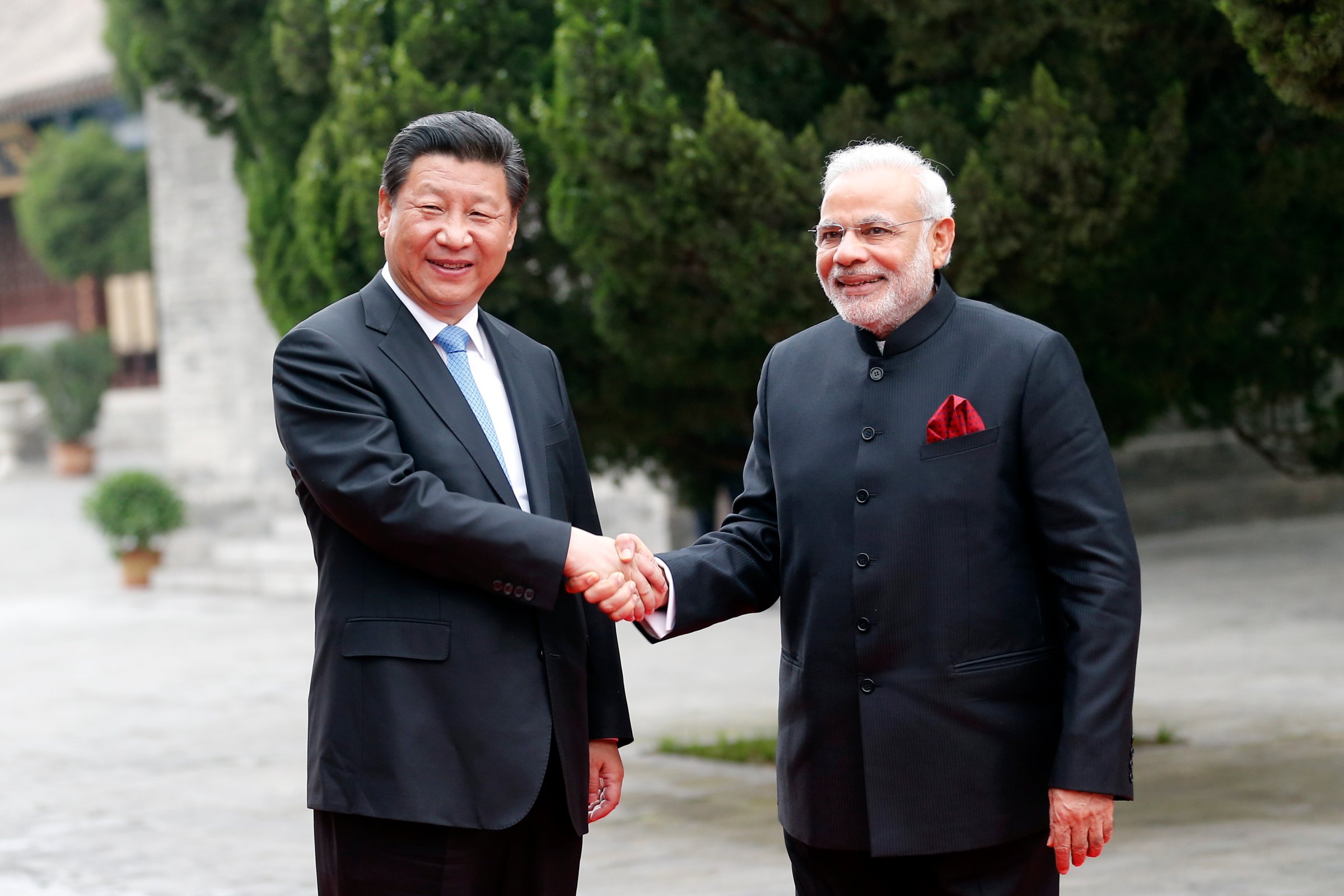
There has been an enormous amount of analysis and discussion regarding the supply side of the oil markets, but many commentators fail to take into account the changes on the demand side, which have also impacted the price of oil. While it is certainly true that the supply glut has helped depress oil prices, the reality is that slower demand growth is also playing a major role in the ongoing oil crisis.
For years, commodities markets including oil have relied on consistent strong growth among emerging economies to help absorb increasing supplies in everything from iron to oil. Today, China is on the verge of becoming a paper tiger and its economy is slowing dramatically. China carries a certain measure of awe in many parts of the world because of the size of its population. Thanks to poor planning on the part of the Communist party though, that advantage is increasingly being neutered. Instead investors should be looking to India as a driver of future world economic growth, and as such, India will largely determine the fate of oil prices as well as many other commodities.
Oilprice.com: End Of An Era: Peabody Declares Bankruptcy
China’s problems are largely a result of the One Child policy. China is on the verge of having demographics that look very similar to those of Japan. Japan’s economy has spent the last 25-plus years floundering because of the age of its population. Two decades ago, 13 percent of Japanese were 65 or older. That number has risen to 25 percent today, and it will rise to 40 percent by 2050. For all of the heroic efforts of Prime Minister Abe, Japan is very much fighting an uphill battle to restore any semblance of significant economic growth. And its path is getting harder not easier.
The same thing holds true of China. China is set to exit its demographic sweet spot in 2025 – exactly the same position as Japan in 1990. Put differently, China today is analogous to Japan in 1985, a time when the latter nation seemed poised to one day over take the U.S. in economic prominence. China’s reversal of the One Child Policy recently is too little too late, and the country will be fighting slowing economic growth for decades to come. Reasonable estimates of growth suggest China will slow too fast to ever be able to become the world’s largest economy.
Oilprice.com: Oil Prices See-Saw On Bearish News OPEC Freeze Speculation
Far from good news for the U.S. though, this situation portends a vacuum that hasn’t existed for decades in the global economy; a lack of booming emerging markets. Demographics drive a lot of economic growth. Good economic policies and stable government are critical of course, as the perpetual lack of growth in Africa shows. But without favorable demographics, it’s nearly impossible to get the kind of economic growth China displayed throughout the 1980s, 90s, and early 2000s.
This bodes poorly for commodities investors. Without a rapidly growing source of demand, oil prices are going to have a much harder time rebounding. The obvious candidates for salvation in this front are India and the Southeast Asian economies. Southeast Asia is considerably smaller than China though, and the many small countries that make up the region have a potpourri of good and bad economic policies. Instead, investors should be looking at India as the key driver of future economic growth.
Oilprice.com: Tesla And Other Tech Giants Scramble For Lithium As Prices Double
India is just entering its demographic sweet spot and the country has decades of growth in front of it. There are more people in India from the age of 0-10 than any other 10-year span. That’s unusual in the modern world. All of those people contribute to increasing the size of the Indian economy and hence demand for commodities like oil.
India’s real GDP growth appears to have exceeded China’s in 2015 and that’s going to continue through at least 2020, according the IMF. In fact, it will likely continue for decades. In less than a decade, India will probably be the most populous nation in the world. By itself this fact doesn’t necessarily mean great growth in demand for oil, but if India develops the way China did, then increasingly the Subcontinent will become more important than the Middle Kingdom for global economic growth. Investors should watch carefully.
This article originally appeared on Oilprice.com
More Must-Reads from TIME
- Donald Trump Is TIME's 2024 Person of the Year
- Why We Chose Trump as Person of the Year
- Is Intermittent Fasting Good or Bad for You?
- The 100 Must-Read Books of 2024
- The 20 Best Christmas TV Episodes
- Column: If Optimism Feels Ridiculous Now, Try Hope
- The Future of Climate Action Is Trade Policy
- Merle Bombardieri Is Helping People Make the Baby Decision
Contact us at letters@time.com